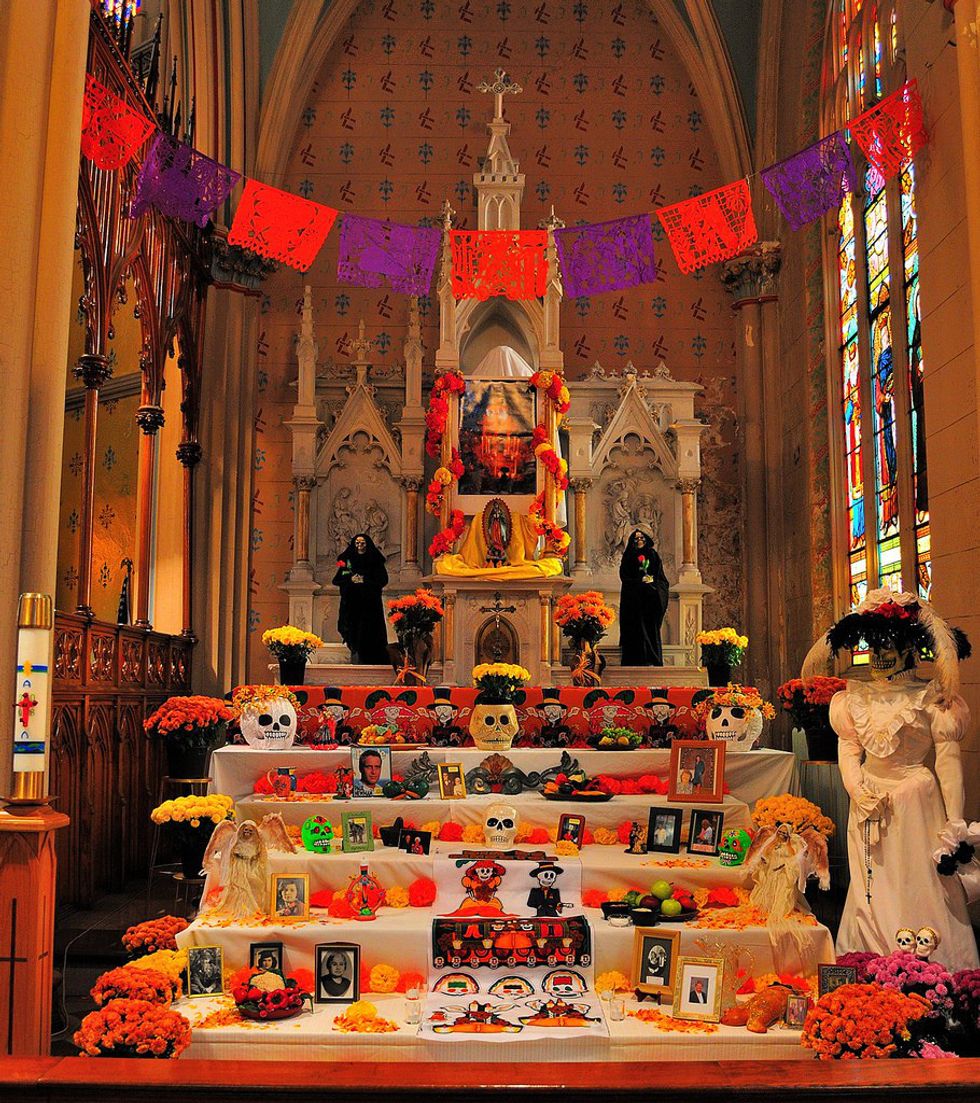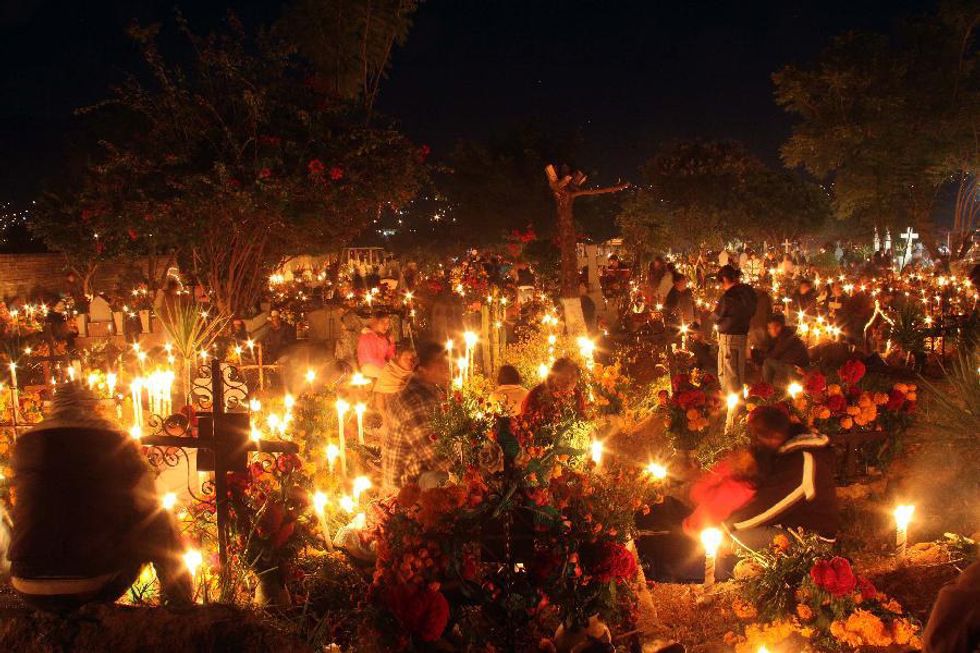Origin
Día de los Muertos is a holiday that began in Mexico by Spanish conquistadores in the 16th century. It was originally celebrated during the summer, but as time has gone on, it has been moved to November 1st and 2nd. Día de los Muertos falls on All Saints’ Day, and All Souls’ Day because it is a Catholic holiday.
Purpose
Its purpose is to celebrate the lives of the deceased rather than mourn over their deaths.
Common Practices
Creating alters in remembrance, offering the deceased their favorite foods and drinks, hosting a feast in the graveyard while cleaning the tombs of loved ones, singing and dancing, speaking to the spirits, painting faces like "calaveras de azucar" (sugar skulls) and many other fun things, all to celebrate life.
Modern Celebration around the World
Día de los Muertos is largely celebrated in North and Central America. States such as Texas, California, Arizona, Alabama, Oklahoma, Minnesota, and several others have upcoming celebrations which have been going on for many years.
For example, in San Antonio and Austin, there are a handful of Día de los Muertos events that take place the weekend before, or of Día de los Muertos. The Mexic-Arte Museum in downtown Austin has different performances, exhibitions, and activities circling around the holiday. La Villita and the Historic Market Square are two (of many) places in San Antonio that host festivals and parades for the holiday as well.





















